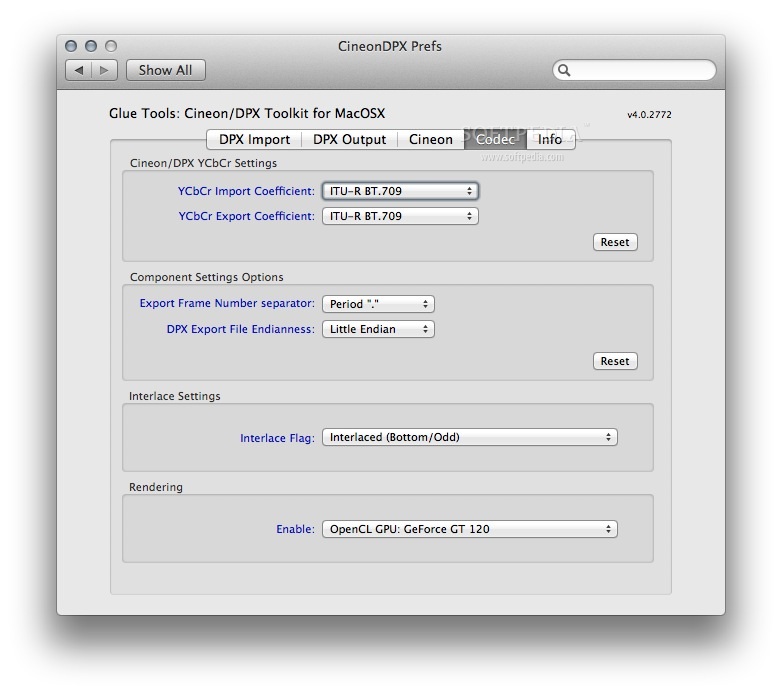A list of the best free compressor VST/AU plugins for Windows and Mac. A list of the best free compressor VST/AU plugins for Windows and Mac. Density is more transparent and smooth, a perfect tool to add glue to a mix (or a drum bus, for example). I have had issues with having to delete the contents of the pixie and avid licensing folders when doing an upgrade also. It is because when I uninstalled the prior version, for some reason that data from a prior installation of MC was left untouched, which made the activation of the license not work. SR Plug-in for Avid AMA (SRPA-10) provides support for SR (MPEG4 SStP) files in Avid Media Composer Family products, allowing viewing and editing capabilities. The Avid products that are supported for the SRPA-10 plug-in are: Avid Media Composer and Avid Symphony versions 6.5.x, 7.0.x, and 8.1.x.

Exclusive Bonus: my free ebook - Afraid, a RAID Primer. Everything you need to know about setting up a RAID system for editing. How to import video with different codecs FCP-X doesn’t support anything other than Quicktime or MOV files right off the bat. It does have support for various codecs, but one needs to install plug-ins for each of them. Image sequences are supported, and this includes native support for CinemaDNG (but only as DNG image files).
H.264 FCP-X supports H.264 natively, via the import method mentioned in, as long as it is in a MOV. Most DSLRs or Camcorders record in MOV anyway so you shouldn’t have too much trouble importing these directly. If your wrapper is anything other than MOV, you will need to rewrap or transcode it into Quicktime. Use or to do the rewrapping. H.264 – ALL-I The ‘new’ entrant to the H.264 family is just an interpretation of the codec with turned off. FCP-X supports it natively via the import method mentioned in, as long as it is in a MOV. Most DSLRs or Camcorders record in MOV anyway so you shouldn’t have too much trouble importing these directly.
If your wrapper is anything other than MOV, you will need to rewrap or transcode it into Quicktime. Use or to do the rewrapping. AVCHD FCP-X supports AVCHD natively via the import method mentioned in, as long as it is in a MOV. Most DSLRs or Camcorders record in MOV anyway so you shouldn’t have too much trouble importing these directly. If your wrapper is anything other than MOV, you will need to rewrap or transcode it into Quicktime. Use or to do the rewrapping. XDCAM FCP-X supports XDCAM only via a third-party plug-in.
You will need to first download the XAVC/XDCAM Plug-in for Apple (PDZK-LT2) from this link:. XDCAM import is somewhat buggy (to put it kindly), so make sure you have SxS drivers installed (if you can read off them otherwise you’re fine). Make sure you copy all the files in the media card folder to your source footage drive, keeping the folder name and structure intact. FCP-X version must be 10.0.6 or later, and Mac OS X must be 10.8 or later. After installing PDZK-LT2 restart FCP-X. XDCAM is not edited natively. FCP-X converts all imported clips to.MOV and stores them in your Final Cut Events folder.

 0 kommentar(er)
0 kommentar(er)
